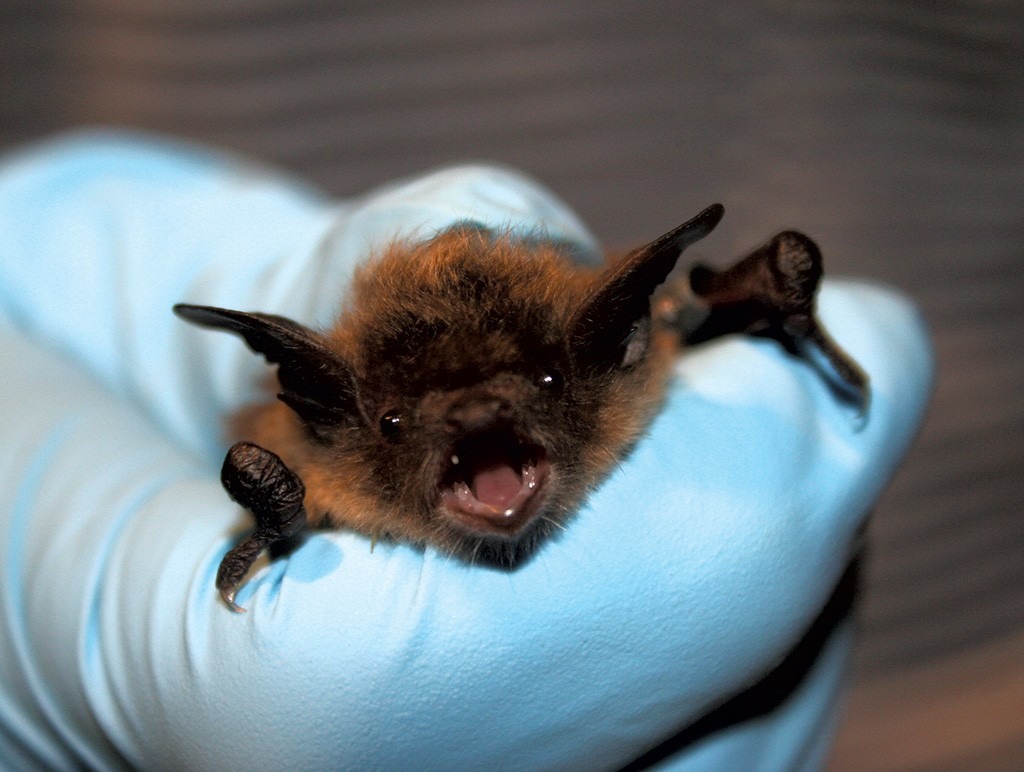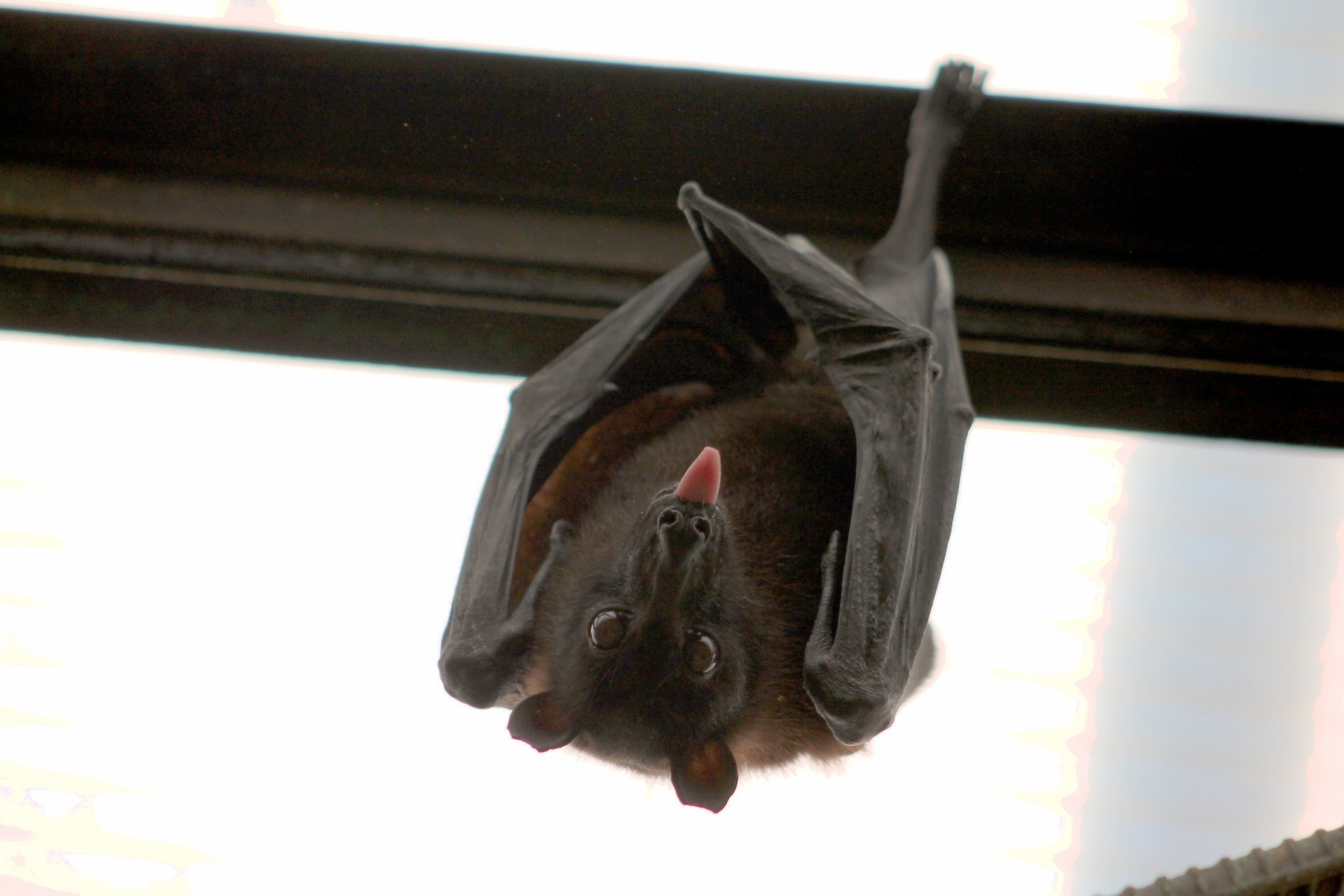Bats are often associated with horror stories and vampires. And they are the only mammal that can fly.
Also, bats play important ecological roles like pollinating and dispersing the seeds. In addition, they help to save the fields by eating copious quantities of insects.
Bad side is, scientists have pinpointed bats as potential source of several viral outbreaks including Rabies, Ebola, Nipah, Marburg, SARS and Corona. These flying mammals host over 60 zoonotic viruses.

Why aren’t these lethal viruses deadly for the bats?
Researchers found that the bat’s immune system is specially adapted to tolerate viruses. it evolved thanks to its ability of limiting inflammation. Furthermore, scientists present theories that something related to their ability to fly.
When a lot of energy is being utilized for flying, a lot of waste is produced. So, their DNA damaged a lot. To prevent it, they have evolved a sophisticated defense mechanism. Over time that helps prevent them from succumbing to the disease.
Scientists at the Wuhan Institute of Virology in China found this mechanism in bats. There is an antiviral immune pathway called STING-interferon pathway .That is intense, and bats can maintain just enough defenses against illness without triggering the immune systems.
Other researchers have suggested that bats’ super-tolerance might have something with their ability of generating large stocks of naïve antibodies. When bats fly, their internal temperatures are increased to around Celsius 40 degrees. That is not ideal for many viruses.
Then the viruses that have evolved tolerance mechanisms survive in bats can tolerate human fever. This means those viruses developed their ability to survive in human fever and become more vulnerable.

We certainly cannot immediately create vaccines and drugs for all these emerging pathogens. Closely related animals are more likely to transmit viruses to one another, but bats and humans are not close relatives. Therefore, no direct infection from bat to human has been demonstrated. The intermediate hosts or transmission pathways not always identified.
The threat of new bat-borne virus outbreaks has greatly increased in the recent years along with the extremely rapid deforestation process. Deforestation could be a major contributing factor to new viral emergences due to more frequent contacts of livestock and humans with bats possibly containing infectious viruses.
